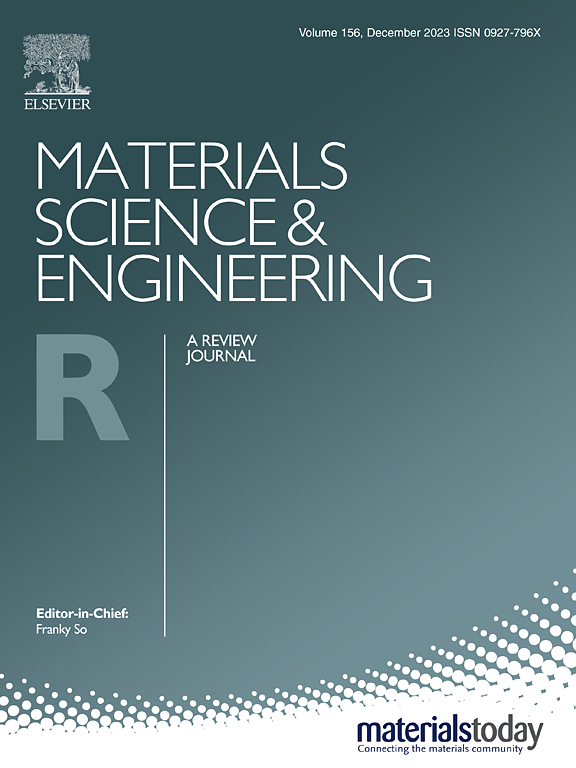Hetero-layered 2D materials: Scalable preparation and energy applications
IF 31.6
1区 材料科学
Q1 MATERIALS SCIENCE, MULTIDISCIPLINARY
引用次数: 0
Abstract
To be considered for use in practical energy storage and conversion applications, two-dimensional (2D) materials require a well-defined size distribution, large specific surface area, lightweight, and controllable crystallinity. In line with this, hetero-layered 2D (2D-HL) materials, comprising stacked layers with tailored compositions and structures, offer unique properties ideal for energy-related applications. However, the large-scale synthesis of uniformly sized 2D-HL materials with consistent characteristics remains a significant challenge. To address this, both top-down and bottom-up synthesis methods have been investigated, particularly with top-down exfoliation emerging as a reliable, cost-effective, and scalable technique. This review examines recent advancements in the synthesis of 2D-HL materials via various exfoliation processes, emphasizing the correlation between material structure and the selected exfoliation approach while evaluating the scalability of these methods. Understanding the principles that govern the synthesis and optimization of scalable 2D-HL materials is essential for overcoming current challenges and leveraging future opportunities in advanced energy storage applications. Furthermore, this review provides an in-depth analysis of the potential of physical exfoliation methods to produce 2D-HL materials with the properties necessary for energy storage and conversion applications.
求助全文
约1分钟内获得全文
求助全文
来源期刊

Materials Science and Engineering: R: Reports
工程技术-材料科学:综合
CiteScore
60.50
自引率
0.30%
发文量
19
审稿时长
34 days
期刊介绍:
Materials Science & Engineering R: Reports is a journal that covers a wide range of topics in the field of materials science and engineering. It publishes both experimental and theoretical research papers, providing background information and critical assessments on various topics. The journal aims to publish high-quality and novel research papers and reviews.
The subject areas covered by the journal include Materials Science (General), Electronic Materials, Optical Materials, and Magnetic Materials. In addition to regular issues, the journal also publishes special issues on key themes in the field of materials science, including Energy Materials, Materials for Health, Materials Discovery, Innovation for High Value Manufacturing, and Sustainable Materials development.
 求助内容:
求助内容: 应助结果提醒方式:
应助结果提醒方式:


